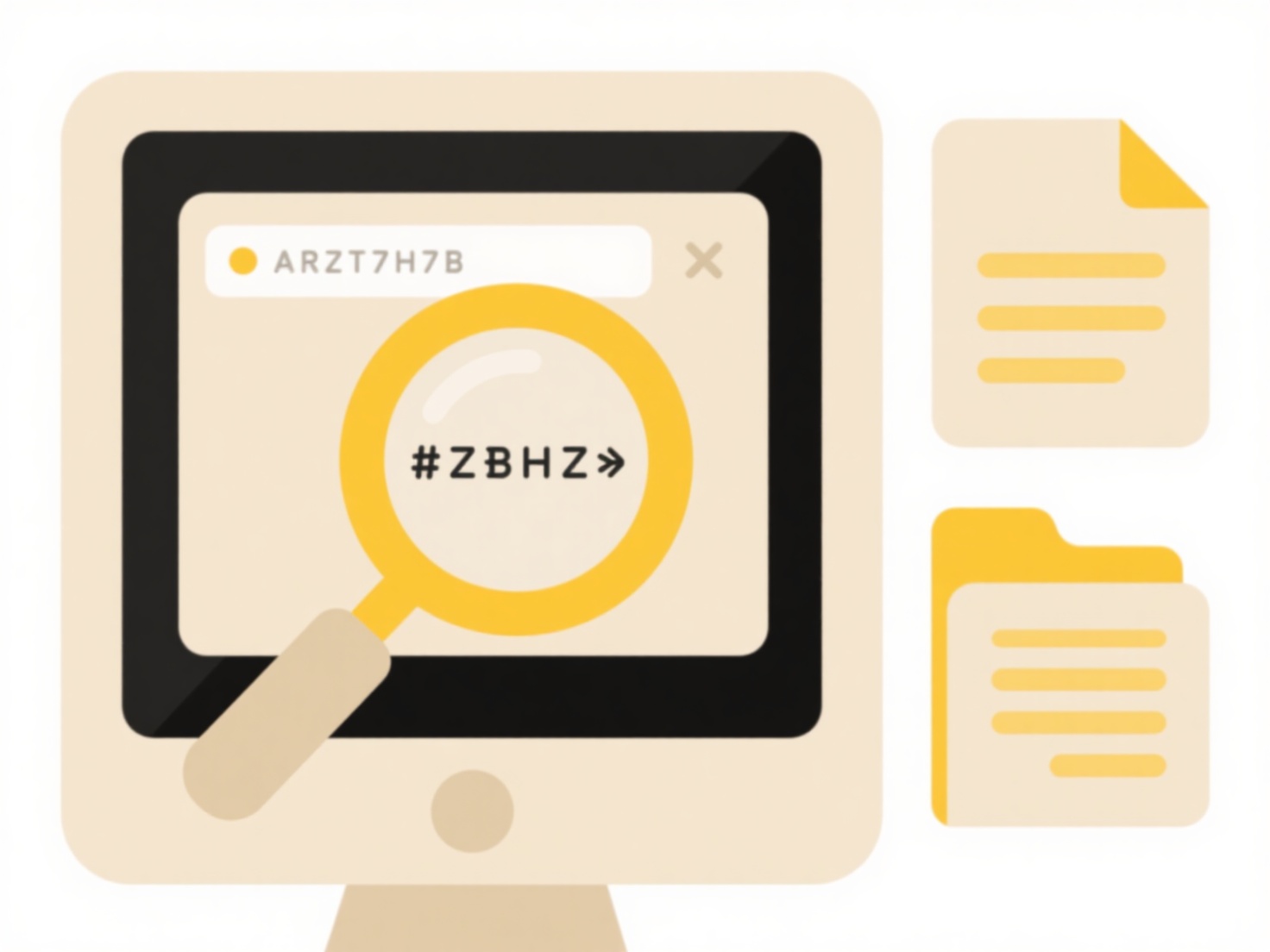
Protecting local-only files means safeguarding data stored solely on physical devices without cloud backups. These files differ from cloud-synced versions because loss or damage to the device itself results in permanent data loss. This requires direct actions like creating copies onto separate physical storage media, rather than relying on internet-based services.

One key method involves regularly copying critical files to external drives, such as encrypted USB sticks or portable SSDs stored offsite. For larger-scale needs, Network Attached Storage (NAS) systems offer centralized local backups within homes or offices. Photographers archiving RAW images or researchers securing sensitive datasets often use these approaches, typically employing built-in OS tools (like Windows Backup/macOS Time Machine) or dedicated software like Veeam Agent.
While local backups protect against cloud outages or privacy concerns, they carry risks like physical media failure or being forgotten during disasters. Maintaining multiple backup copies (e.g., external drive + NAS) mitigates hardware vulnerabilities. Ethically, users assume full responsibility for data stewardship. Automation ensures reliability; setting scheduled backups prevents human error. Future-proofing involves periodically transferring data to modern storage formats as hardware ages.
How do I protect local-only files from loss?
Protecting local-only files means safeguarding data stored solely on physical devices without cloud backups. These files differ from cloud-synced versions because loss or damage to the device itself results in permanent data loss. This requires direct actions like creating copies onto separate physical storage media, rather than relying on internet-based services.

One key method involves regularly copying critical files to external drives, such as encrypted USB sticks or portable SSDs stored offsite. For larger-scale needs, Network Attached Storage (NAS) systems offer centralized local backups within homes or offices. Photographers archiving RAW images or researchers securing sensitive datasets often use these approaches, typically employing built-in OS tools (like Windows Backup/macOS Time Machine) or dedicated software like Veeam Agent.
While local backups protect against cloud outages or privacy concerns, they carry risks like physical media failure or being forgotten during disasters. Maintaining multiple backup copies (e.g., external drive + NAS) mitigates hardware vulnerabilities. Ethically, users assume full responsibility for data stewardship. Automation ensures reliability; setting scheduled backups prevents human error. Future-proofing involves periodically transferring data to modern storage formats as hardware ages.
Related Recommendations
Quick Article Links
Can long file names cause problems when copying files?
Long file names, including the path to the file (like folder\subfolder\filename.ext), can cause problems during copying ...
Can I search for files with unusual characters in their name?
Finding files containing unusual characters in their names involves locating files that include symbols, punctuation mar...
Are files safer on the cloud or on an external hard drive?
Cloud storage saves your files on remote servers managed by a service provider, accessed via the internet, and typically...